Airline baggage restrictions are an important aspect of air travel that passengers need to be aware of.
These restrictions are put in place to ensure the safety and security of passengers and crew members. They also help to prevent delays and ensure that flights run smoothly.
When it comes to airline baggage restrictions, there are several things that passengers need to keep in mind.
First, there are restrictions on the size and weight of both carry-on and checked baggage. Passengers need to ensure that their baggage meets these requirements to avoid additional fees or having to check their bags at the gate.
Additionally, there are restrictions on what items can be brought on board, including liquids, sharp objects, and certain electronics.
It is important for passengers to review these restrictions before packing to avoid any issues at the airport.
Overall, understanding airline baggage restrictions is an important part of air travel.
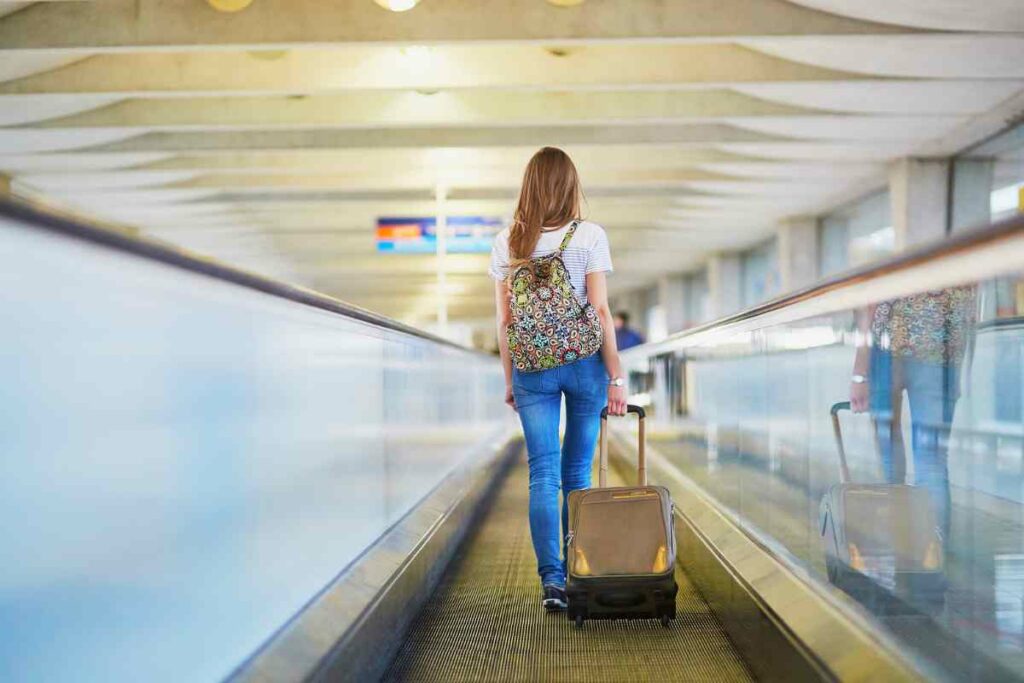
By following these restrictions, passengers can help to ensure that their flight is safe and runs smoothly.
It is recommended that passengers review the restrictions of their specific airline before packing to avoid any issues at the airport.
Every airline has its own rules and regulations. This is based on the plane type, seating capacity, flight distance, and fuel capacity. So, please make sure you check before packing.
Practical guide
Carry-On Bag Guidelines
When it comes to carry-on bags, different airlines have different Airline Baggage Restrictions. It is important to check with your airline before packing to ensure that your carry-on bag meets their requirements.
For instance, Ryanair has one of the strictest policies of all the airline companies.
The Transportation Security Administration (TSA) allows air mattresses with built-in pumps in carry-on bags, but it is always best to check with your airline for any size or weight restrictions.
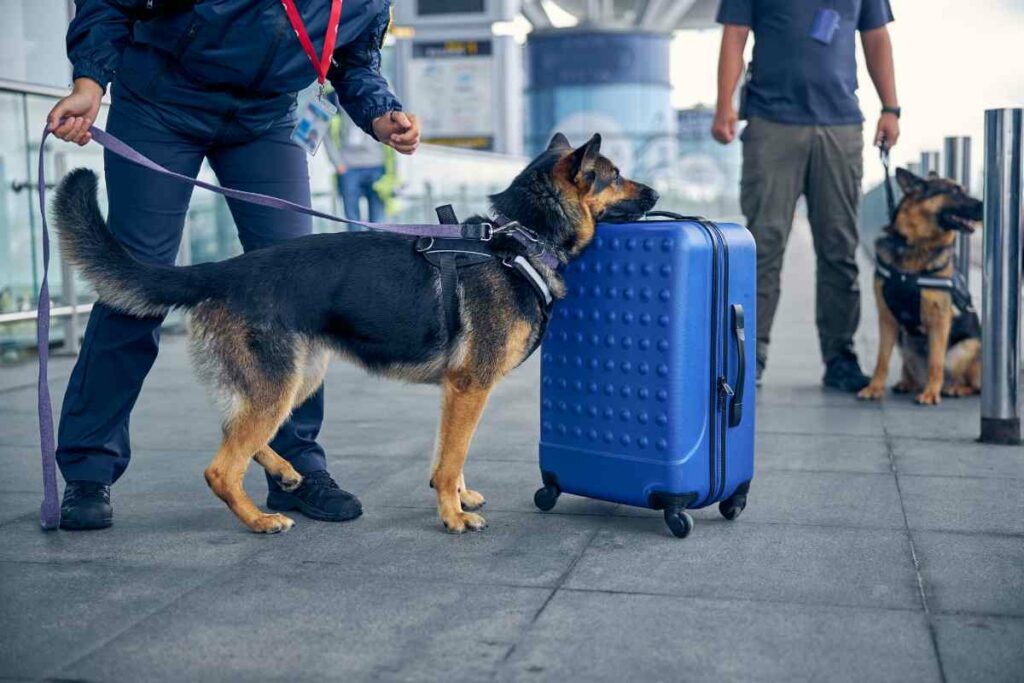
The 3-1-1 liquids rule applies to all carry-on bags. All liquids, aerosols, gels, creams, and pastes must be in containers that are 3.4 ounces (100 milliliters) or less per item.
These items must be placed in a clear, quart-sized bag and only one bag per passenger is allowed. This bag must be placed in a bin or on the conveyor belt for X-ray screening.
It is important to note that some items are not allowed in carry-on bags and must be checked. These items include firearms, sharp objects, and flammable items.
The TSA website provides a comprehensive list of items that are not allowed in carry-on bags.
In addition to size and weight restrictions, airlines may also have restrictions on the number of carry-on items allowed per passenger.
Most airlines allow one carry-on bag and one personal item, such as a purse or laptop bag. It is best to check with your airline to see what their specific restrictions are.
Overall, it is important to be aware of the carry-on bag guidelines and restrictions before packing for your flight. This will help to ensure a smooth and stress-free travel experience.
Checked Luggage Regulations
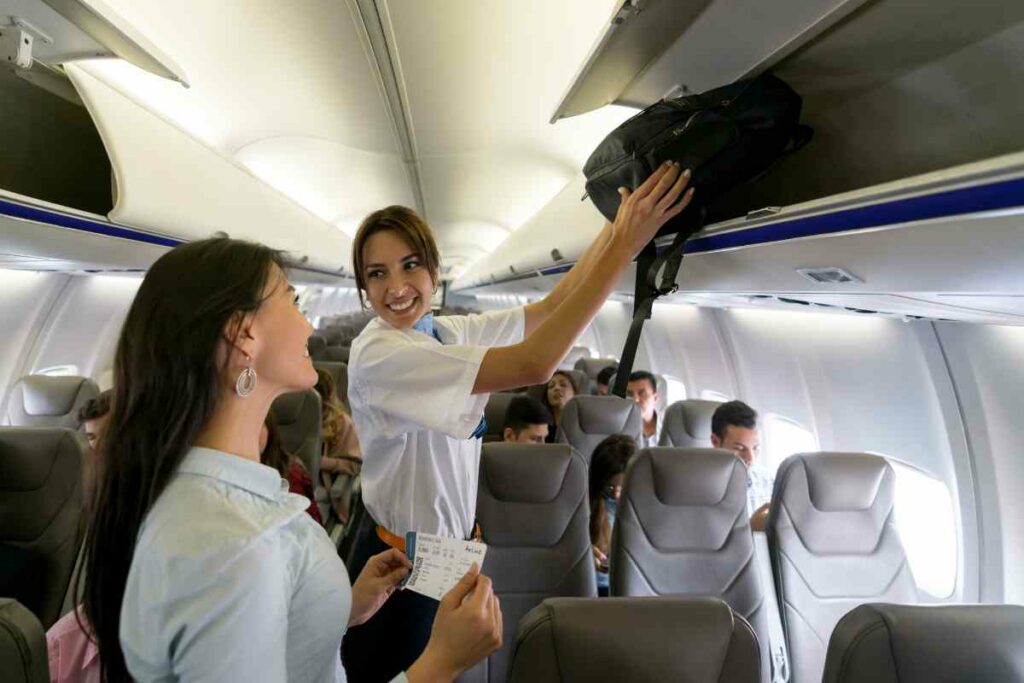
When it comes to checked luggage, airlines have specific regulations that passengers must adhere to. These regulations usually include limitations on the size and weight of the bags.
Most airlines allow passengers to check up to two bags, but some airlines may have different policies, so it’s always best to check with the airline before you travel.
Additionally, airlines may charge a fee for checked bags, so it’s important to check the airline’s policy on baggage fees.
Bag limitations for checked luggage can vary depending on the airline and destination.
For example, American Airlines allows checked bags to be up to 62 inches in overall dimensions (length + width + height) and up to 50 pounds in weight for domestic and short-haul international flights.
However, for long-haul international flights, the weight limit is increased to 70 pounds. It’s important to check the airline’s website for specific regulations.
In addition to size and weight limitations, airlines may also have restrictions on the contents of checked bags.
For example, the Transportation Security Administration (TSA) has a list of prohibited items that cannot be packed in checked luggage. This list includes items such as explosives, flammable items, and firearms.
Overall, it’s important to check with the airline before you travel to ensure that you follow their checked luggage regulations. By doing so, you can avoid any unexpected fees or issues at the airport.
Also Helpful – Ryanair Baggage Allowance Explained
Specific Airlines’ Policies
When it comes to airline baggage restrictions, it’s important to know the specific policies of the airline you’re flying with.
Here are the baggage policies of some popular airlines.
American Airlines
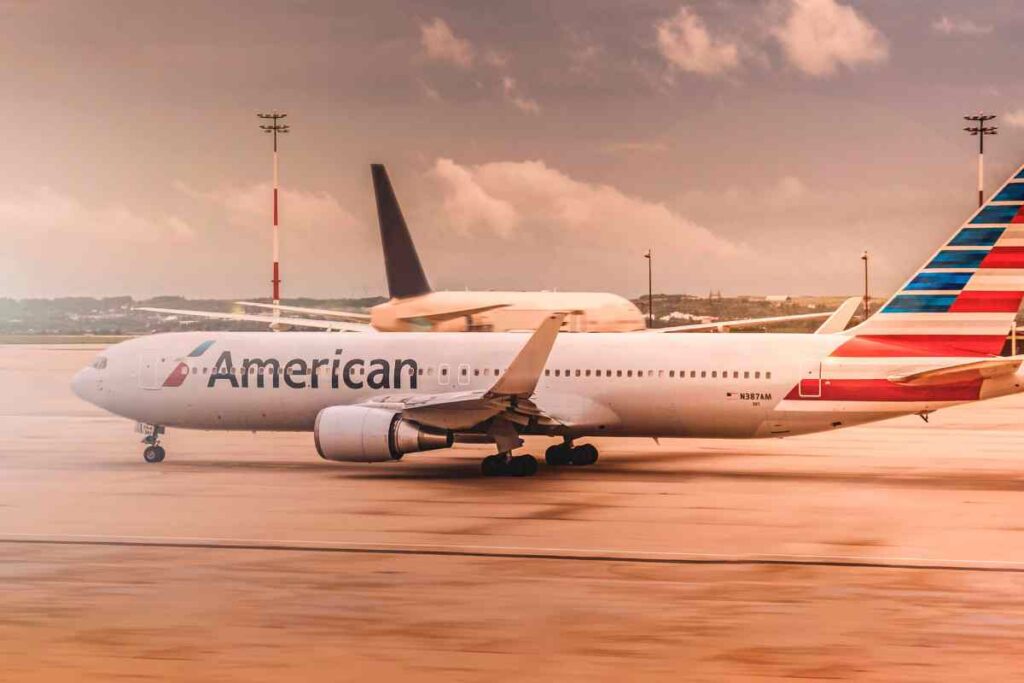
American Airlines allows passengers to bring one personal item and one carry-on bag onboard. Basic Economy tickets are only allowed one personal item, and carry-on bags are not permitted.
Checked bags are subject to a fee and must not exceed 62 inches (158 cm) in total dimensions and 50 pounds (23 kg) in weight. Non-refundable fares may require additional fees for checked bags.
United Airlines
United Airlines allows passengers to bring one personal item and one carry-on bag onboard. Basic Economy fares are only allowed one personal item, and carry-on bags are not permitted.
Checked bags are subject to a fee and must not exceed 62 inches (158 cm) in total dimensions and 50 pounds (23 kg) in weight. Non-refundable fares may require additional fees for checked bags.
Read Next – Jet2 Baggage Allowances and Restrictions
Alaska Airlines
Alaska Airlines allows passengers to bring one personal item and one carry-on bag onboard. Basic Economy tickets are only allowed one personal item, and carry-on bags are not permitted.
Checked bags are subject to a fee and must not exceed 62 inches (158 cm) in total dimensions and 50 pounds (23 kg) in weight. Non-refundable fares may require additional fees for checked bags.
Delta Air Lines
Delta Air Lines allows passengers to bring one personal item and one carry-on bag onboard. Basic Economy fares are only allowed one personal item, and carry-on bags are not permitted.
Checked bags are subject to a fee and must not exceed 62 inches (158 cm) in total dimensions and 50 pounds (23 kg) in weight. Non-refundable fares may require additional fees for checked bags.
JetBlue
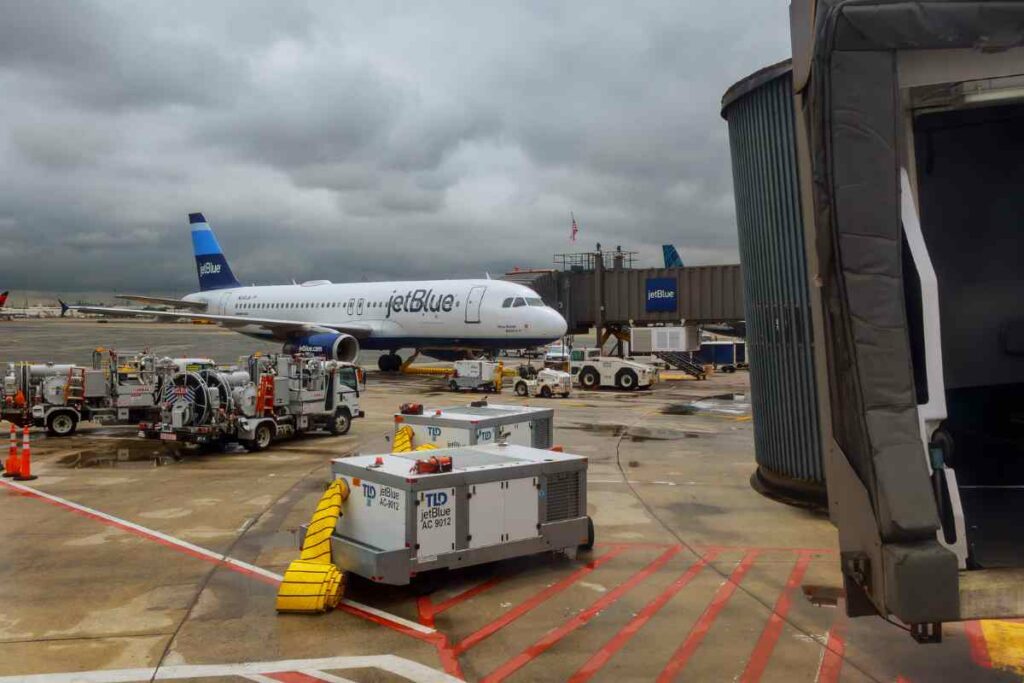
JetBlue allows passengers to bring one personal item and one carry-on bag onboard. Basic Economy fares are only allowed one personal item, and carry-on bags are not permitted.
Checked bags are subject to a fee and must not exceed 62 inches (158 cm) in total dimensions and 50 pounds (23 kg) in weight. Non-refundable fares may require additional fees for checked bags.
Southwest Airlines
Southwest Airlines allows passengers to bring one personal item and one carry-on bag onboard. Basic Economy fares are only allowed one personal item, and carry-on bags are not permitted.
Checked bags are subject to a fee and must not exceed 62 inches (158 cm) in total dimensions and 50 pounds (23 kg) in weight. Non-refundable fares may require additional fees for checked bags.
Frontier
Frontier allows passengers to bring one personal item and one carry-on bag onboard. Basic Economy fares are only allowed one personal item, and carry-on bags are not permitted.
Checked bags are subject to a fee and must not exceed 62 inches (158 cm) in total dimensions and 50 pounds (23 kg) in weight. Non-refundable fares may require additional fees for checked bags.
British Airways
British Airways allows passengers to bring one handbag/laptop bag and one additional cabin bag onboard. Basic Economy tickets are only allowed one cabin bag, and handbags/laptop bags are not permitted.
Checked bags are subject to a fee and must not exceed 90cm x 75cm x 43cm in total dimensions and 51 pounds (23 kg) in weight. Non-refundable fares may require additional fees for checked bags.
Iberia
Iberia allows passengers to bring one personal item and one carry-on bag onboard. Basic Economy fares are only allowed one personal item, and carry-on bags are not permitted.
Checked bags are subject to a fee and must not exceed 158 cm in total dimensions and 50 pounds (23 kg) in weight. Non-refundable fares may require additional fees for checked bags.
It’s important to note that airline baggage policies can change at any time, so it’s always a good idea to double-check with your airline before you fly.
Airline Baggage Restrictions when Traveling to Specific Regions
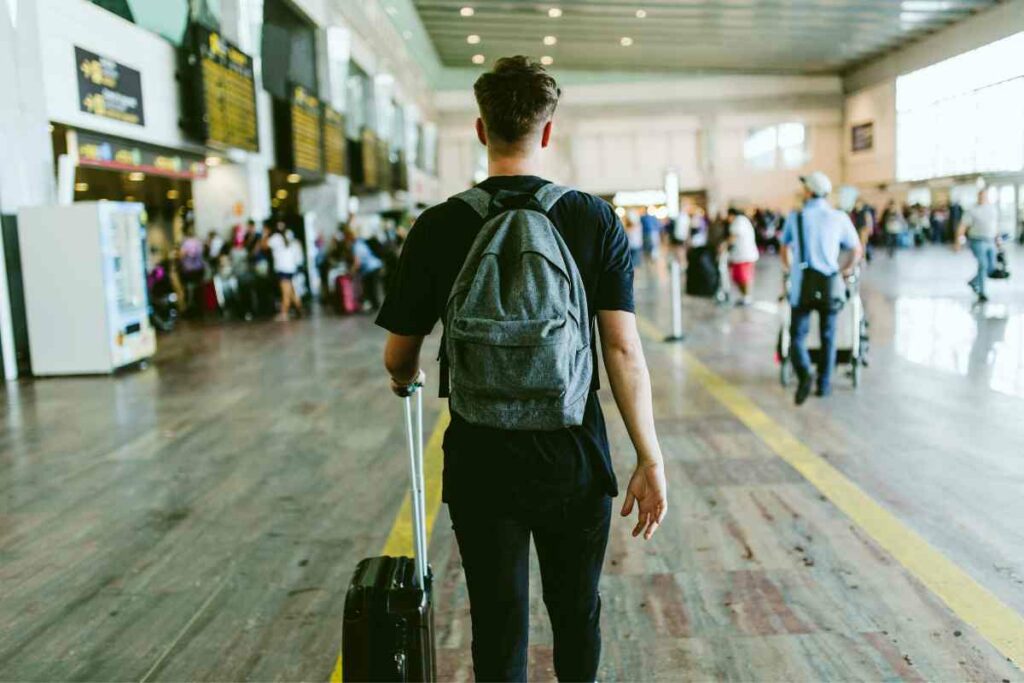
When traveling to specific regions, it’s important to be aware of the baggage restrictions for the airline/s you will be flying with.
Here are the carry-on and checked baggage policies for various regions.
South America
When departing from South America, most airlines allow one carry-on bag and two checked bags. However, the weight limit for checked bags may vary depending on the airline.
For example, LATAM Airlines allows a maximum weight of 23kg (50lbs) per checked bag, while Avianca allows up to 32kg (70lbs) per checked bag.
Mexico and Central America
When traveling to Mexico and Central America, most airlines allow one carry-on bag and two checked bags.
The weight limit for checked bags is usually 23kg (50lbs) per bag. However, some airlines may allow up to 32kg (70lbs) per bag. It’s important to check with your airline for specific baggage restrictions.
Caribbean
When traveling to the Caribbean, most airlines allow one carry-on bag and one or two checked bags. The weight limit for checked bags is usually 23kg (50lbs) per bag.
However, some airlines may allow up to 32kg (70lbs) per bag. It’s important to check with your airline for specific baggage restrictions.
Canada
When departing from Canada, most airlines allow one carry-on bag and one or two checked bags. The weight limit for checked bags is usually 23kg (50lbs) per bag.
However, some airlines may allow up to 32kg (70lbs) per bag. It’s important to check with your airline for specific baggage restrictions.
Puerto Rico and U.S. Virgin Islands
When traveling to Puerto Rico and the U.S. Virgin Islands, most airlines allow one carry-on bag and one or two checked bags.
The weight limit for checked bags is usually 23kg (50lbs) per bag. However, some airlines may allow up to 32kg (70lbs) per bag. It’s important to check with your airline for specific baggage restrictions.
Europe
When departing from Europe, most airlines allow one carry-on bag and one or two checked bags. The weight limit for checked bags is usually 23kg (50lbs) per bag.
However, some airlines may allow up to 32kg (70lbs) per bag. It’s important to check with your airline for specific baggage restrictions.
Havana, Cuba
When traveling to Havana, Cuba, most airlines allow one carry-on bag and one or two checked bags.
The weight limit for checked bags is usually 23kg (50lbs) per bag. However, some airlines may allow up to 32kg (70lbs) per bag. It’s important to check with your airline for specific baggage restrictions.
Additionally, it’s important to note that certain items, such as cash, may be subject to restrictions when entering or leaving Cuba.
It’s important to note that baggage restrictions may vary depending on the airline and the specific route you are taking.
Always check with your airline for the most up-to-date baggage policies and restrictions before your trip.
Special Items and Equipment
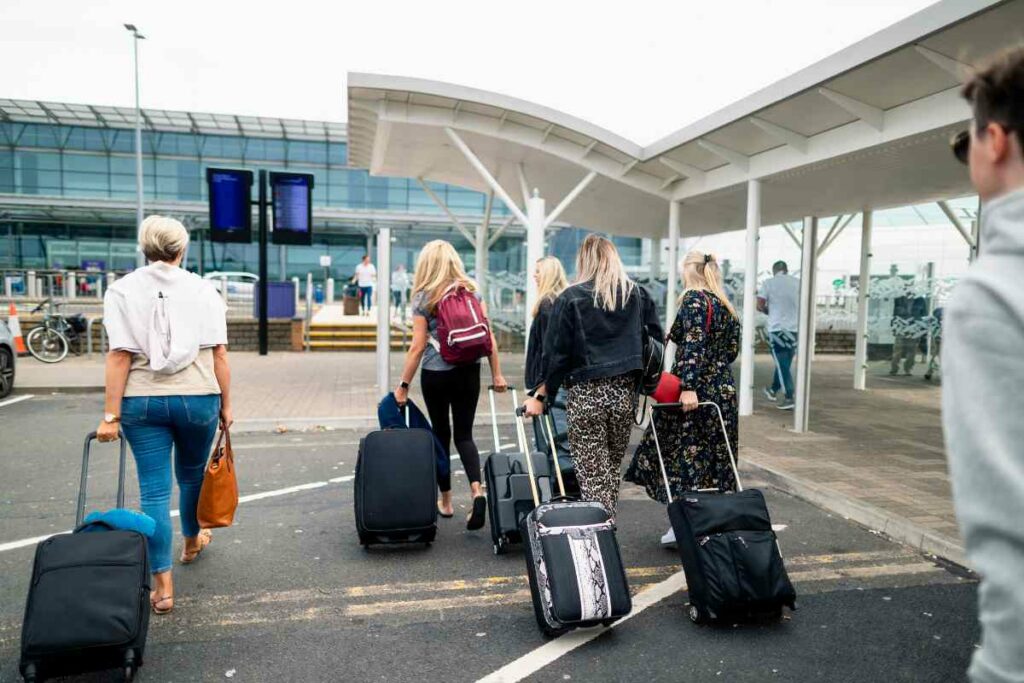
When traveling by air, it is important to understand the restrictions and guidelines for special items and equipment.
Airlines have specific rules and regulations for items that are bulky, fragile, or require special handling.
Sports Equipment
Many airlines allow sports equipment to be checked as part of your baggage allowance. However, some items may incur additional fees or require special packing.
For example, bicycles must be packed in a hard-shell case, and golf clubs must be packed in a golf bag. It is important to check with your airline for specific guidelines and fees before traveling with sports equipment.
Practical guide
Special Items
Special items such as antlers, boxes, and air mattresses may require additional fees or special handling.
Antlers must be properly cleaned and wrapped, and boxes must be sturdy and secure. Air mattresses with a built-in pump are allowed in both carry-on and checked baggage, but aerosol insecticides are not allowed in carry-on baggage.
It is important to check with your airline for specific guidelines and fees for special items.
Assistive Devices
Assistive devices such as wheelchairs, crutches, and walkers are allowed on flights and do not count towards your baggage allowance.
It is important to notify your airline in advance if you will be traveling with an assistive device. Airlines may have specific guidelines for the size and weight of assistive devices.
Prohibited Items
It is important to review the prohibited items list before traveling to ensure that you do not bring any prohibited items in your carry-on or checked baggage.
Items such as firearms, ammunition, and explosives are strictly prohibited. Other items such as liquids, gels, and aerosols must comply with the 3-1-1 rule for carry-on baggage.
Baggage Fees
Most airlines charge fees for checked baggage, and some also charge fees for carry-on baggage. It is important to check with your airline for specific baggage fees and restrictions. Some airlines may also have weight and size restrictions for checked baggage.
Overall, it is important to understand the rules and regulations for special items and equipment when traveling by air.
By following these guidelines and checking with your airline for specific fees and restrictions, you can ensure a smooth and hassle-free travel experience.
Frequently Asked Questions
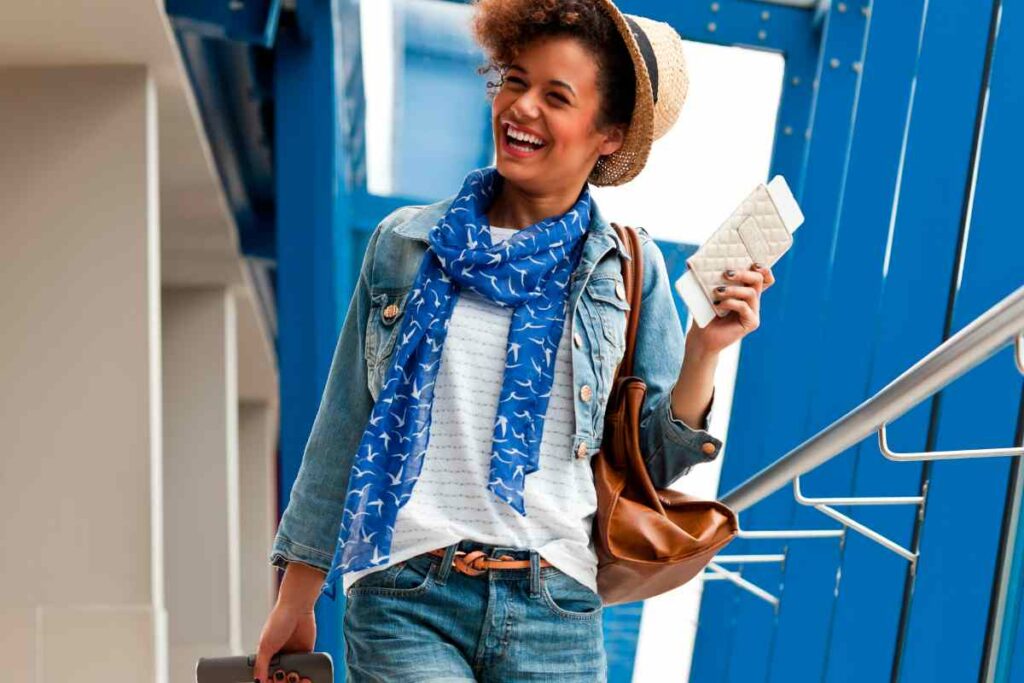
What are the rules for bags on an airline?
Each airline has its own rules and regulations regarding baggage. These rules may vary depending on the airline, the destination, and the type of ticket you have purchased.
How many 3 oz bottles can I take on a plane?
The TSA’s 3-1-1 rule allows passengers to bring a quart-sized bag of liquids, aerosols, gels, creams, and pastes in their carry-on baggage. Each container must be 3.4 ounces (100 milliliters) or less and must fit into the quart-sized bag. Passengers are limited to one bag per person.
What is allowed in carry-on luggage?
Passengers are allowed to bring certain items in their carry-on luggage, such as electronics, medication, and personal items like wallets and keys. However, there are restrictions on liquids, aerosols, gels, and other items that are considered dangerous. It is important to check with your airline before you travel to ensure that you are aware of the restrictions on carry-on luggage.
What is allowed in checked baggage for international flights?
The rules for checked baggage on international flights may vary depending on the destination and the airline. However, there are certain items that are generally not allowed in checked baggage, such as firearms, explosives, and flammable materials. It is important to check with your airline before you travel to ensure that you are aware of the restrictions on checked baggage.
What is the largest luggage size for check-in?
The size and weight restrictions for check-in baggage may vary depending on the airline. However, most airlines allow passengers to check in bags that weigh up to 50 pounds and have dimensions of up to 62 inches (length + width + height). It is important to check with your airline before you travel to ensure that you are aware of the size and weight restrictions for check-in baggage.
What items are not allowed in check-in baggage?
There are certain items that are not allowed in check-in baggage, such as firearms, explosives, and flammable materials. These items are considered dangerous and can pose a risk to other passengers and the aircraft. It is important to check with your airline before packing to ensure that you are not carrying any prohibited items.
Conclusion and final thoughts ?
There are three things you should consider when flying with any popular mainstream airline.
Size, weight, contents
As you can see from the list above, all airlines have different criteria, and some are stricter than others.
Don’t risk getting caught out at the check-in desk. Ring before you go or check with your travel provider before heading to the airport.
- The Secret Travel Locations Bloggers Haven’t Discovered Yet
- Stress-Free Breaks: Choosing the Perfect Getaway for Overworked Professionals
- Inside Secrets: The Quick Guide to Planning Your Dream Vacation
- Hidden Gems vs Tourist Spots: Saving Pounds on Your Next Vacation
- Master the Art of Travel Thrifting: Tips from the Pros
- Travel Like a Spy: Secret Skills for Safe Adventuring









